Seen those perfect photos of crystal-clear water and vibrant coral? While the Great Barrier Reef really is that beautiful, there’s more to visiting this natural wonder than just jumping off a boat with a snorkel. Whether you’re planning to dive deep or float on the surface, knowing these local insights can transform your reef experience from a tourist standard to an unforgettable adventure.
Here’s what savvy travelers wish they’d known before visiting this underwater paradise.
Choose Your Launch Point Wisely
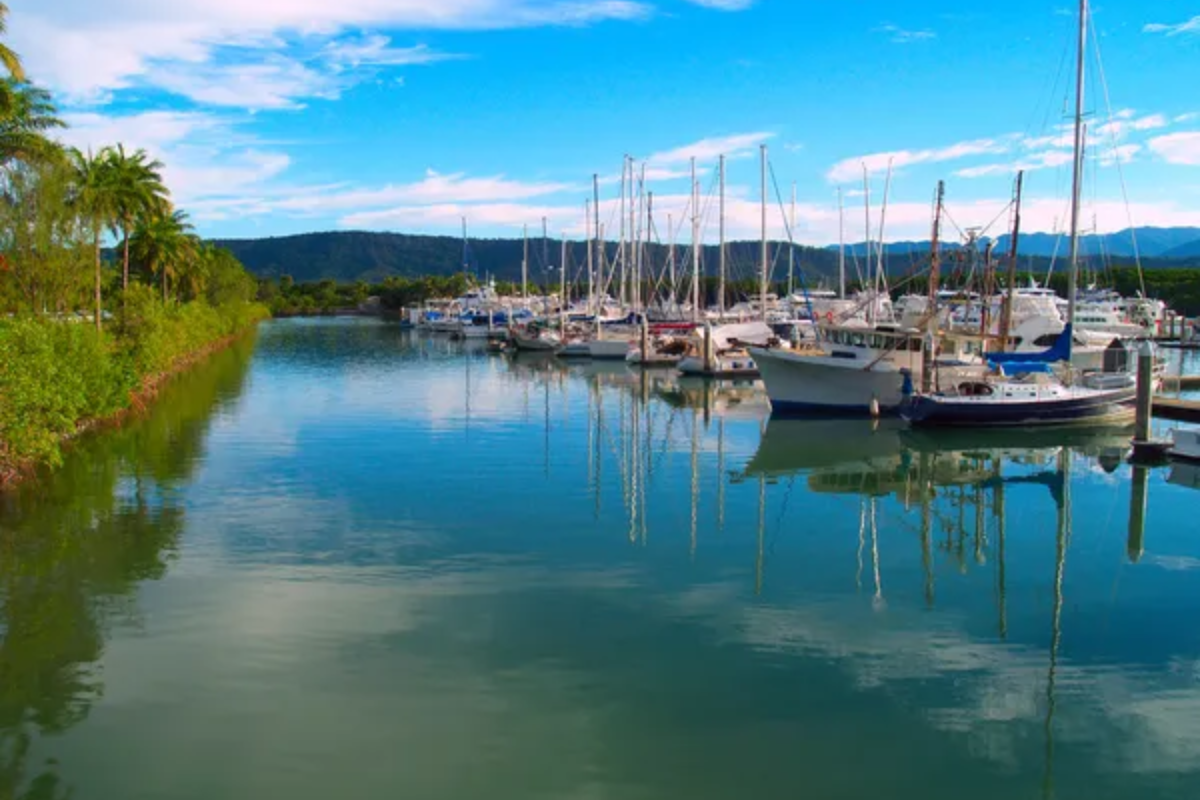
Cairns might be the tourist hub, but Port Douglas offers better access to pristine outer reef locations with half the crowds. The Whitsundays provide iconic beach-and-reef combinations, perfect for mixing sailing with snorkeling.
Small ports like Mission Beach connect you with family-run operators who know secret spots larger boats can’t access. Consider your swimming ability and comfort level when choosing a departure point – some locations require longer boat journeys but reward you with clearer waters and healthier coral.
Time Your Visit Like a Marine Biologist

Visit between June and October for the clearest water and most comfortable temperatures when prevailing winds keep the seas calm. November brings coral spawning, a spectacular natural event where the reef comes alive with new life.
Minke whales make special appearances between June and July, often approaching snorkelers with curious grace. The shoulder seasons offer better prices and fewer crowds while still providing excellent viewing conditions.
Like Travel Pug’s content? Follow us on MSN.
Pick the Perfect Outer Reef
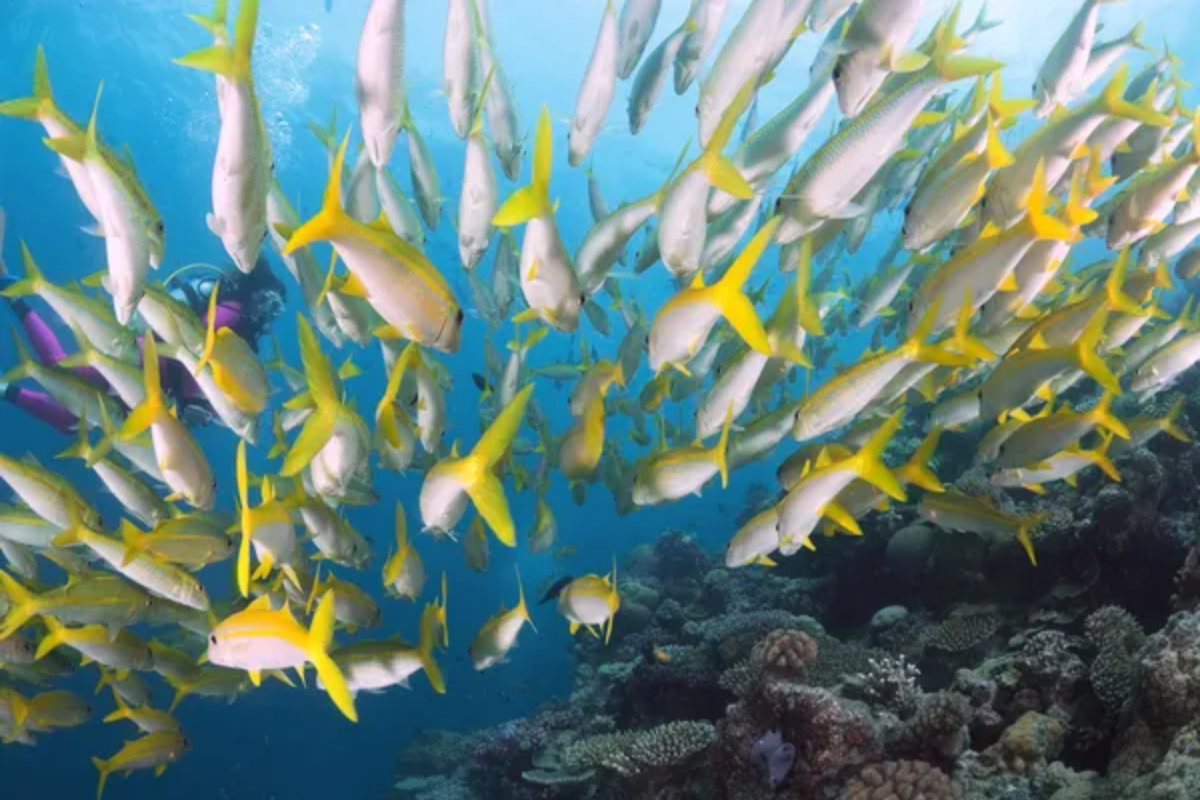
Skip the crowded inner reefs and head to outer locations like Agincourt or Ribbon Reefs, where coral coverage remains stunning and marine life abundant. These sites cost more to reach but offer dramatically better experiences with clearer water and more diverse ecosystems.
Advanced snorkelers can explore sites like Cod Hole, where massive potato cod approach visitors with surprising friendliness. The extra travel time acts as a natural crowd filter, ensuring more peaceful wildlife encounters.
Know Your Coral Species
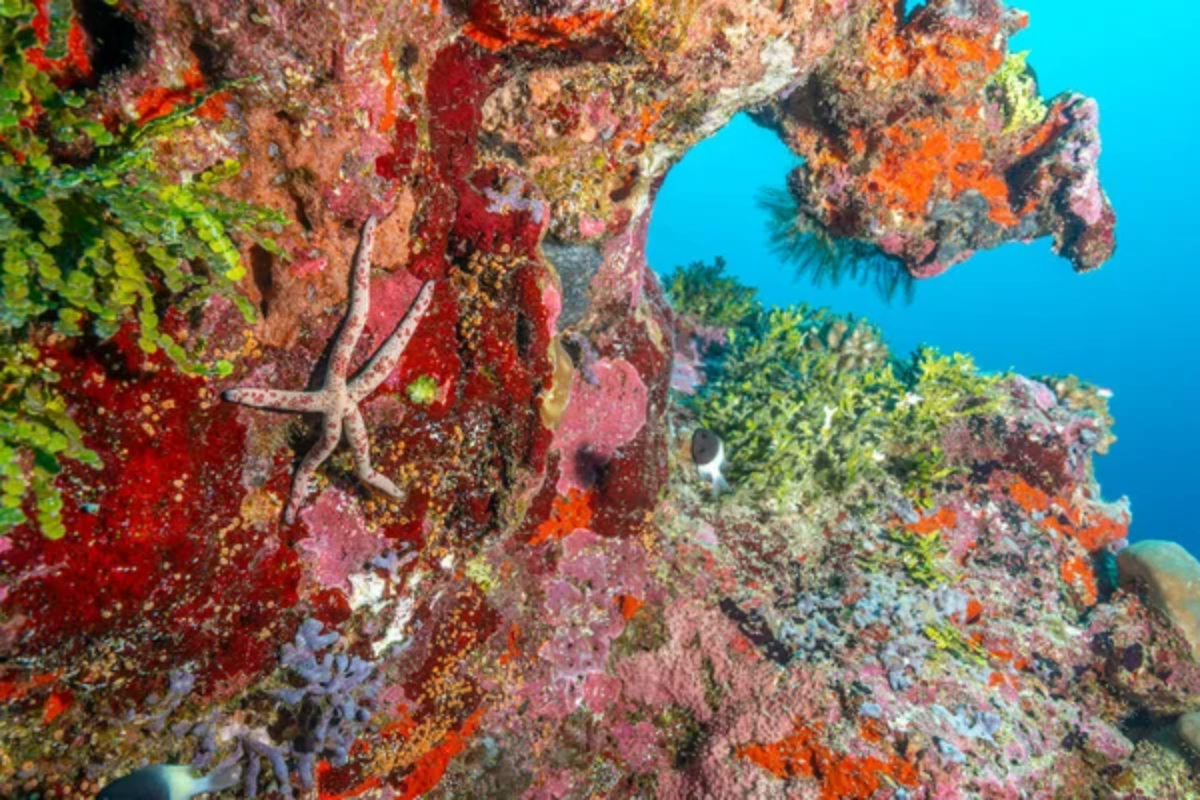
Learn to spot different coral types – branching corals provide homes for tiny fish, while plate corals create underwater cities for larger species. Understanding basic coral formations helps you notice fascinating details others miss, like Christmas tree worms emerging from coral heads.
Bright blue staghorn coral indicates healthy reef sections, while darker areas often hide the most interesting marine life. This knowledge transforms simple snorkeling into an underwater treasure hunt.
Master Basic Marine Life Signs
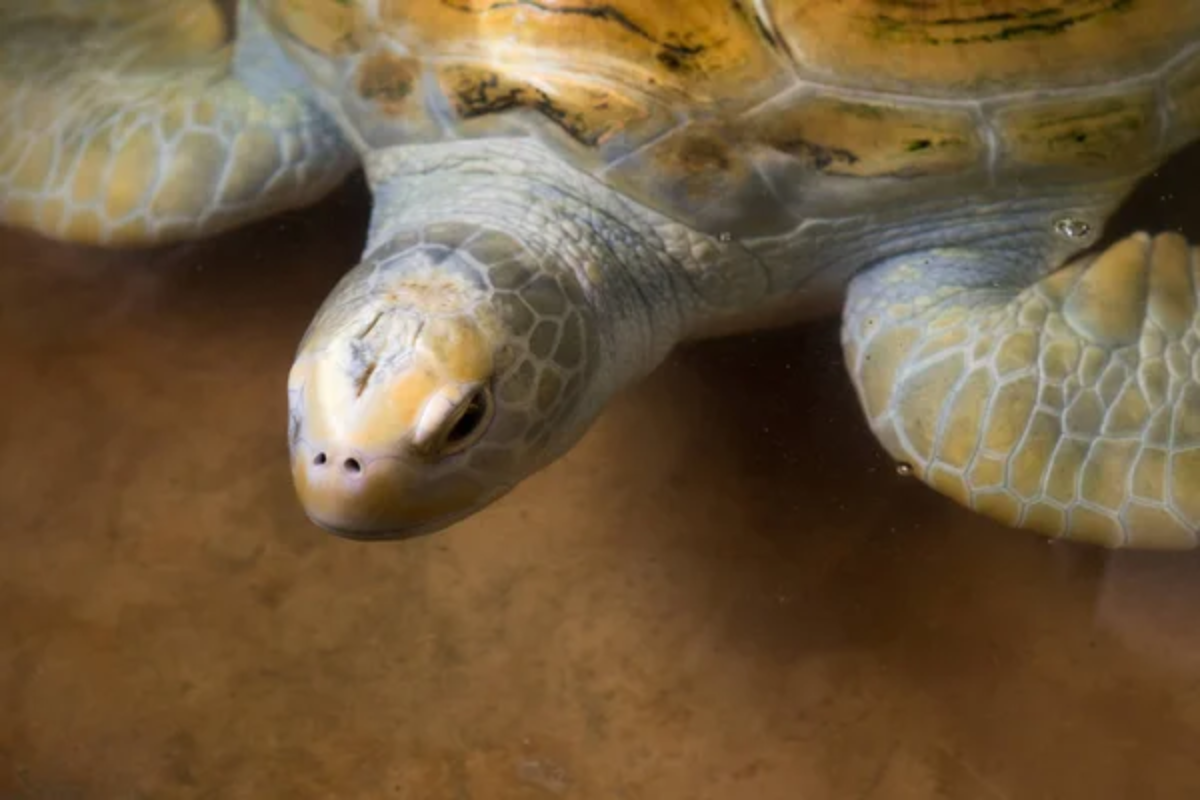
Scan for shadow patterns that reveal sea turtles resting under coral ledges or rays buried in the sand. Watch for cleaning stations where small fish service larger ones, creating perfect photo opportunities.
Learn to spot parrotfish feeding patterns that help you locate the most active reef sections. Understanding these basic behaviors helps you find marine life that casual observers often swim past.
Like Travel Pug’s content? Follow us on MSN.
Pack Like a Pro

Bring a long-sleeved rash guard even in summer – it protects from both sun and seasonal jellies while keeping you warm during long water sessions. Reef-safe sunscreen proves essential, but apply it 30 minutes before entering the water to prevent coral damage.
Pack a dry bag for electronics – unexpected waves can splash even on larger boats. Seasickness tablets work best when taken the night before, not once you’re feeling queasy.
Pick the Right Camera Setup

Skip expensive underwater housings and opt for modern action cameras that handle depth without fuss. Red filters or underwater color correction features help capture true coral colors that regular cameras miss.
Wide-angle settings work better than zoom underwater, capturing the reef’s scale while maintaining clarity. Simple float straps prevent heart-stopping moments when cameras slip from excited hands.
Time Your Water Entry
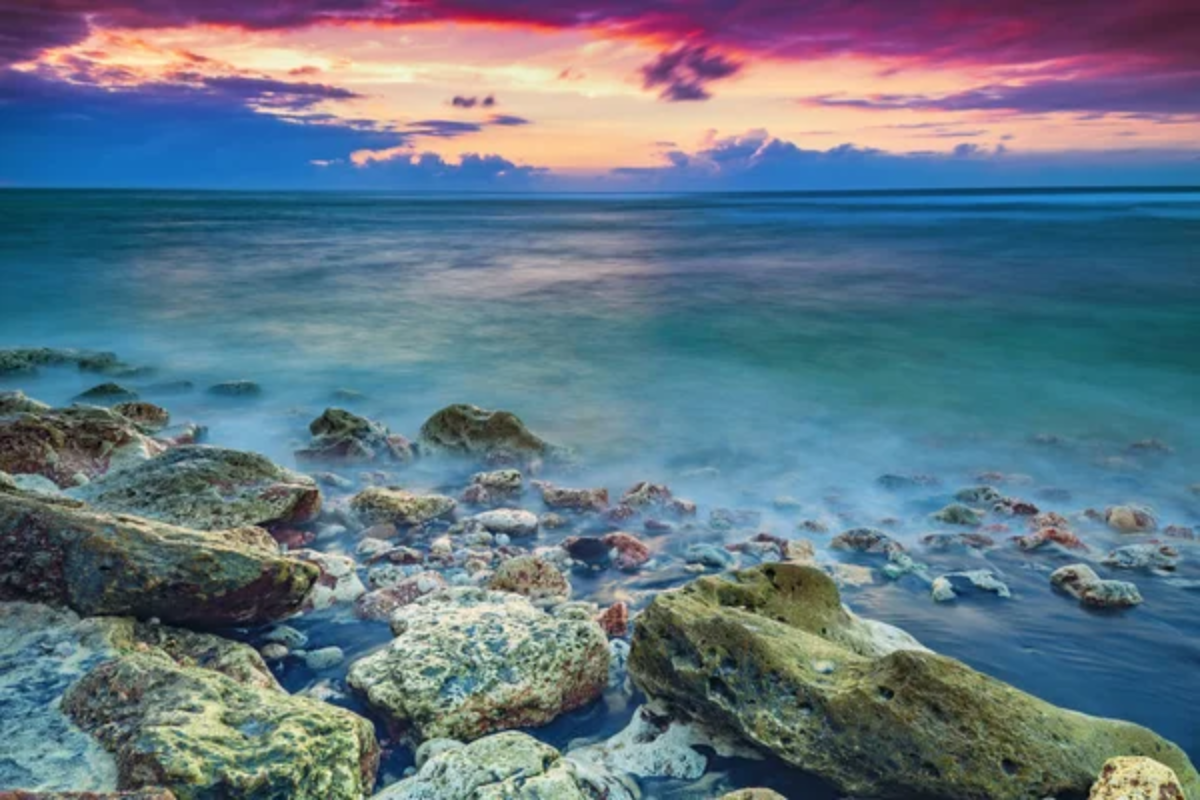
Early morning offers the calmest conditions and best visibility before afternoon winds stir up sediment. Marine life proves most active during tide changes when currents bring in fresh nutrients.
Dawn snorkeling sessions often reveal sharks and rays before they retreat to deeper water. Afternoon light creates stunning underwater sunbeams but requires careful sun protection.
Like Travel Pug’s content? Follow us on MSN.
Navigate Like a Fish

Use coral formations as natural navigation markers, noting distinctive shapes that help you explore efficiently. Swim into mild currents when starting your snorkel – it makes the return journey easier when you’re tired.
Look for ‘highways’ where fish travel between coral blocks, often leading to interesting discoveries. Following these natural pathways helps conserve energy while maximizing marine life encounters.
Find Secret Fish Spots
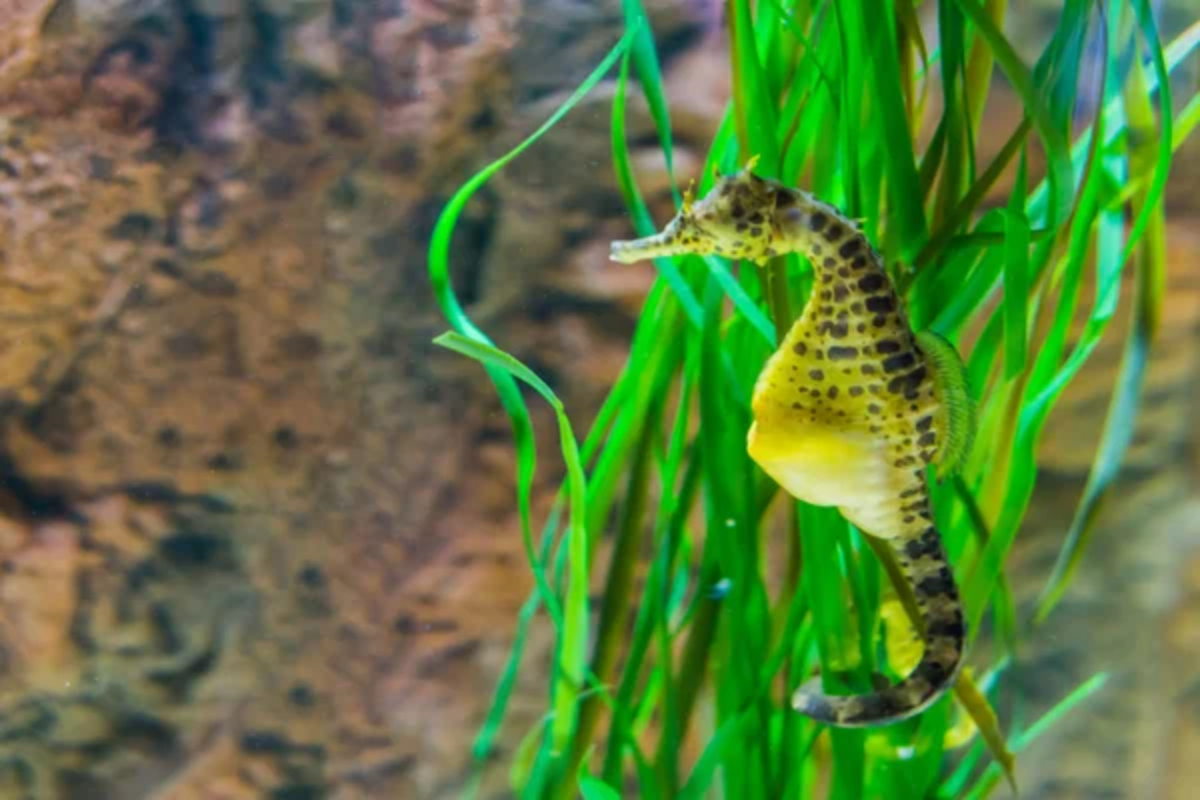
Search for cleaning stations where small fish service larger ones, creating perfect photo opportunities. Explore coral overhangs where shy species hide during bright daylight hours.
Look for sea fans and soft corals where tiny seahorses and pipefish make their homes. These micro-habitats often hold the reef’s most fascinating residents.
Master Safe Swimming

Perfect your breathing rhythm before hitting deep water – slow, steady breaths help you stay calm and conserve energy. Practice clearing your mask in shallow water to avoid panic moments in deeper sections.
Learn to read current lines on the surface, helping you avoid areas that might tire you quickly. These basic skills significantly enhance your comfort and safety in open water.
Like Travel Pug’s content? Follow us on MSN.
Spot Seasonal Specials
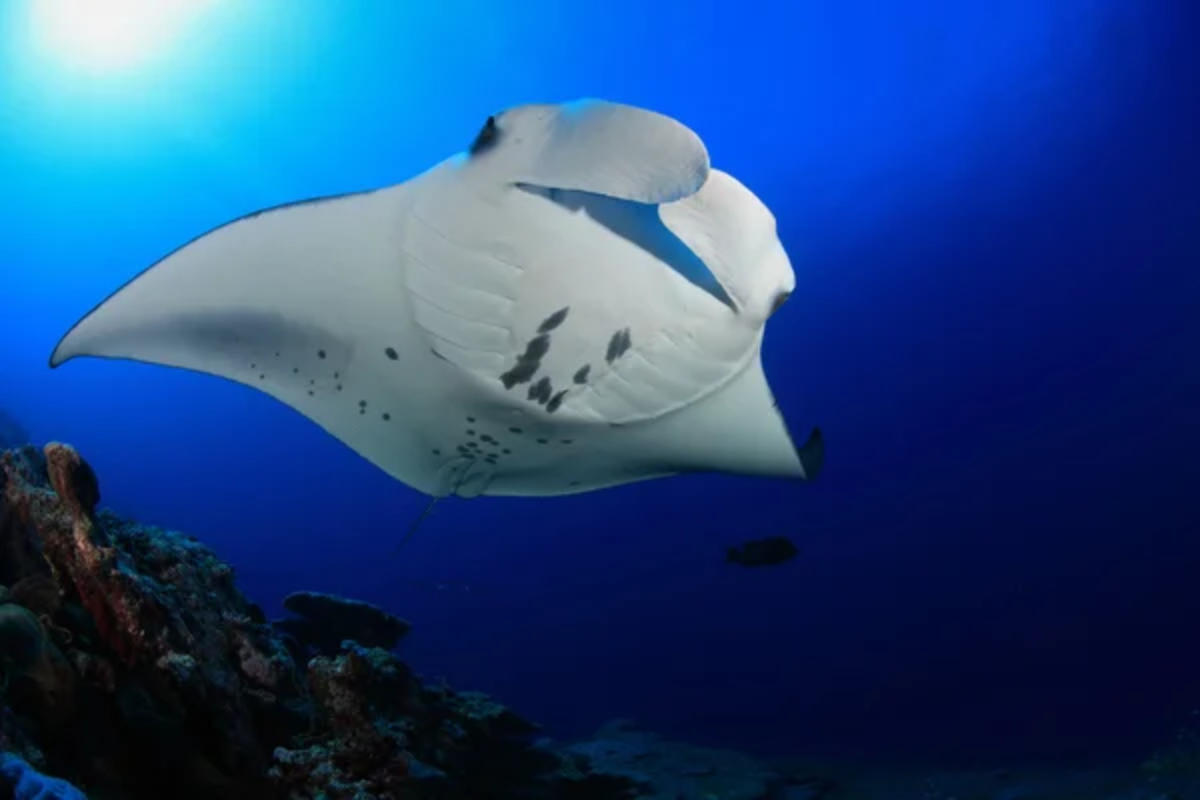
Different seasons bring unique marine visitors – manta rays cruise through channels during winter months. Turtle nesting occurs between November and February, offering special encounter opportunities.
Migrating whales add excitement to reef trips between July and September. Understanding these patterns helps you plan visits around your favorite marine species.
Choose Weather Windows

Light morning rain often leads to exceptionally clear underwater visibility once it passes. Cloudy days provide better coral viewing conditions with less harsh light and shadow.
Strong winds don’t always mean bad visibility – check local dive reports rather than general weather forecasts. These factors affect water conditions more than many visitors realize.
Talk to Marine Staff
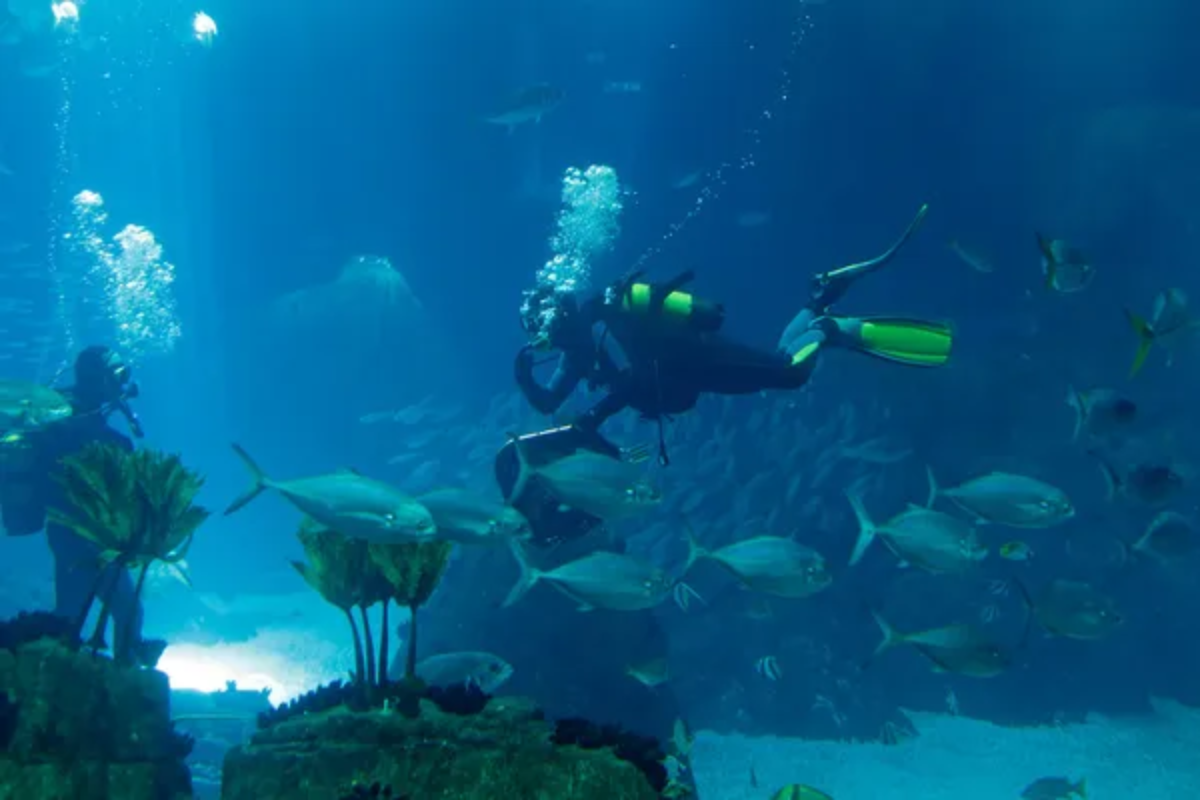
Boat crews know yesterday’s best sighting locations and where certain species regularly appear. Marine biologists onboard can explain coral behaviors that most visitors miss entirely.
Local guides often share secret spots if you show genuine interest in reef conservation. Their knowledge transforms general reef visits into personalized marine adventures.
Like Travel Pug’s content? Follow us on MSN.
Time Your Rest Stops
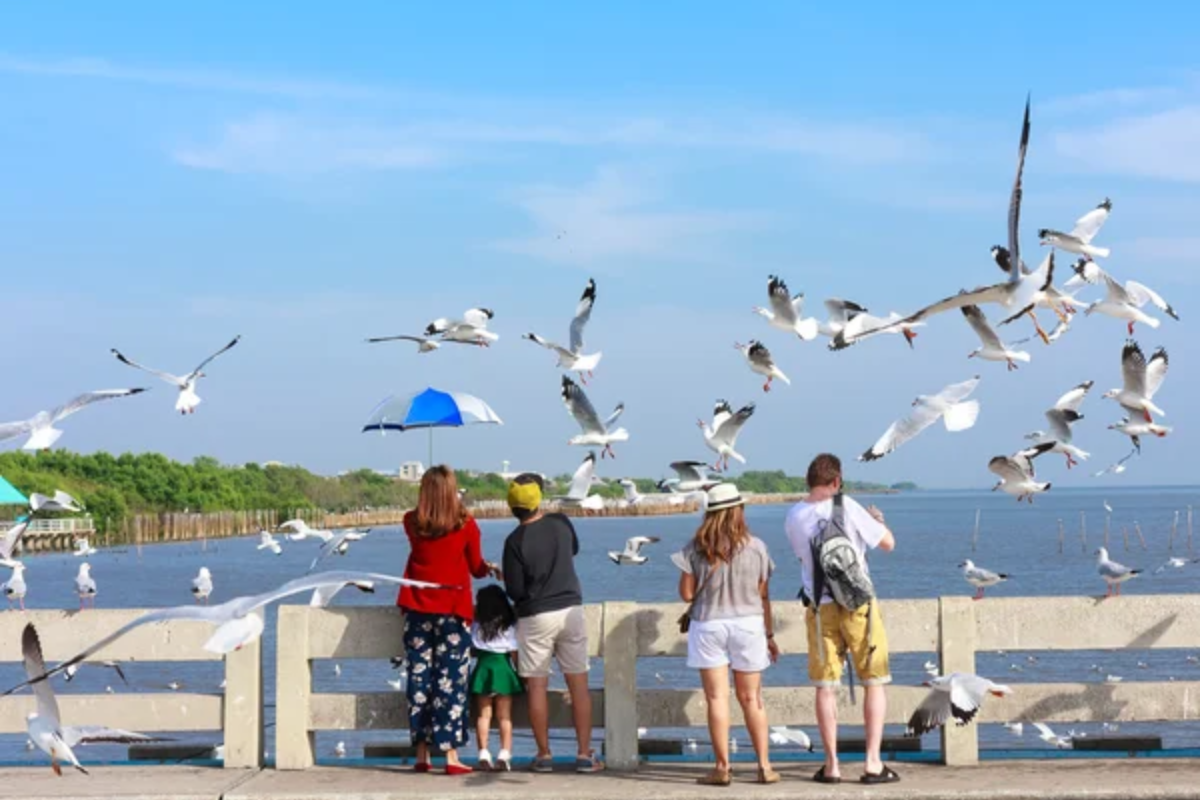
Plan surface breaks around interesting surface activity like seabird feeding frenzies. Use rest periods to scan distant water for jumping dolphins or breaching whales. Watch for sea turtles surfacing to breathe – they often use regular patterns.
These observation opportunities add extra dimensions to your reef experience.
Understand Reef Health
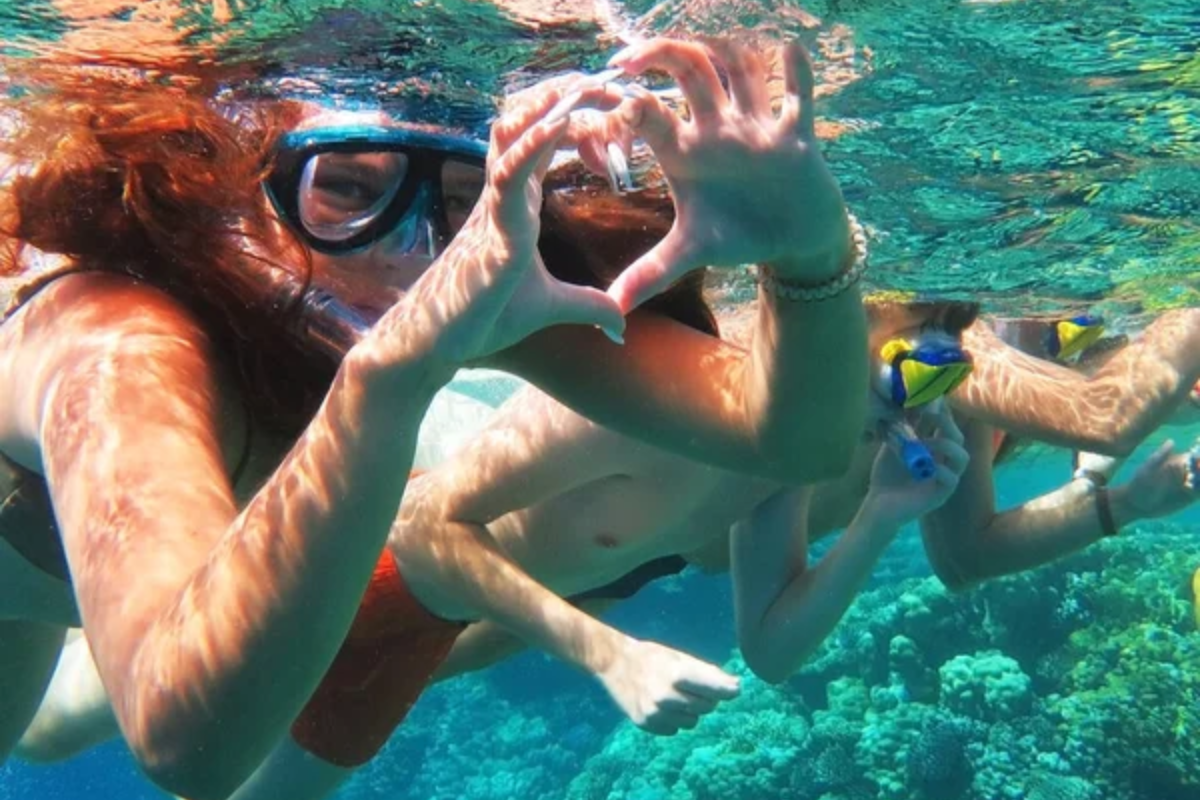
Learn to identify healthy versus stressed coral – it helps you appreciate conservation efforts. Notice reef recovery areas where new coral growth shows nature’s resilience. Understand how your choices as a visitor impact reef health.
This knowledge makes you a more responsible reef visitor.
Master Boat Safety
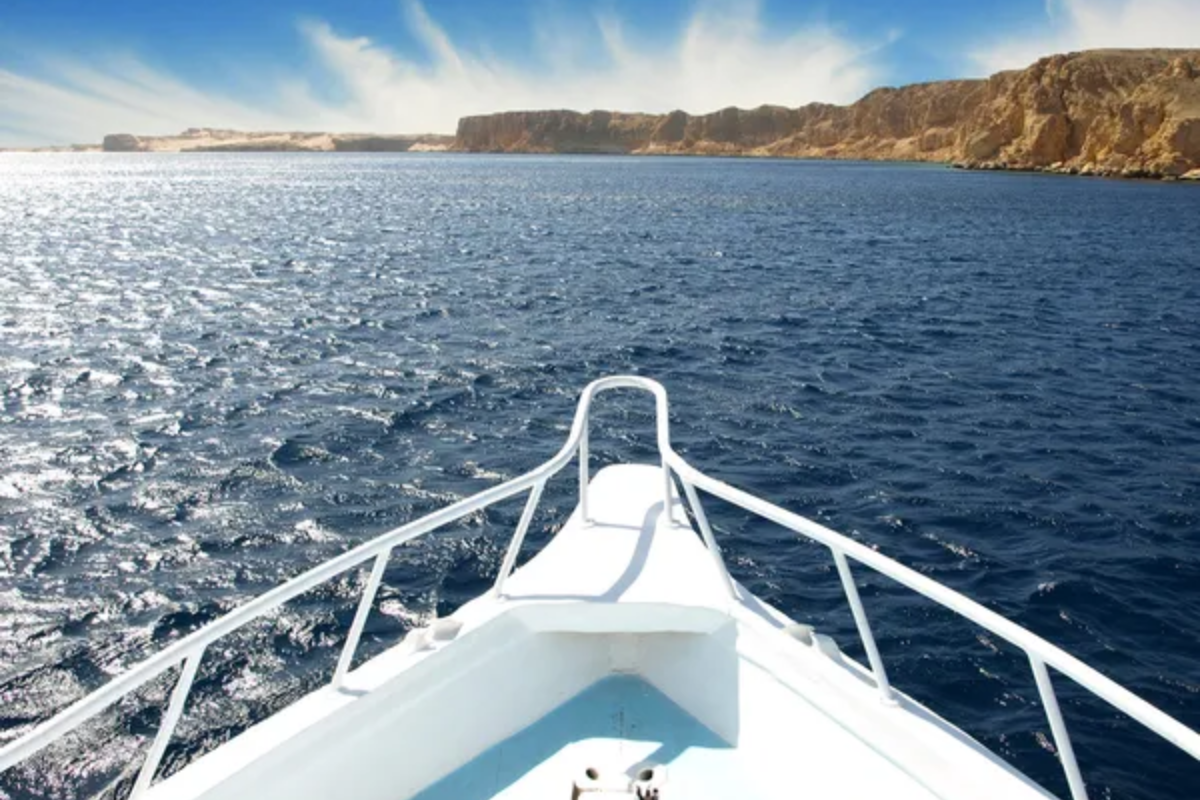
Watch crew demonstrations carefully – different boats have unique safety features. Learn basic boat terminology to understand crew instructions clearly in rougher conditions.
Know evacuation procedures before leaving port – it provides peace of mind during your journey. These preparations ensure smoother, safer reef experiences.
Like Travel Pug’s content? Follow us on MSN.
Plan Multiple Days

Different reef sites offer unique experiences – allow time to visit several locations. Weather conditions can vary dramatically between days, affecting visibility and marine life activity.
Multiple visits let you apply lessons learned, improving each subsequent reef experience. This approach provides a complete understanding of the Great Barrier Reef.
Monitor Marine Conditions
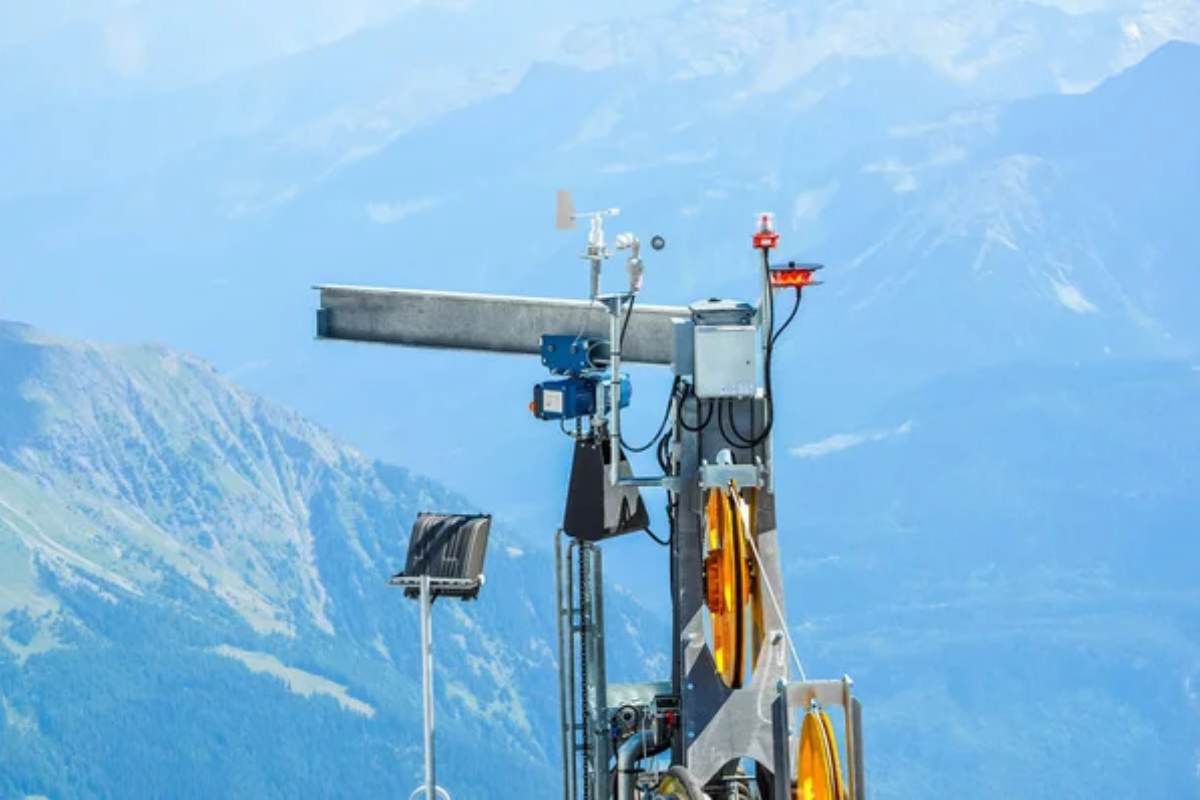
Local dive shops post daily visibility reports that help you pick the best site of the day. Tide charts affect marine life activity patterns and visibility in different locations. Wind forecasts help you choose between inner and outer reef experiences.
This information helps you maximize every reef visit.
Support Reef Conservation
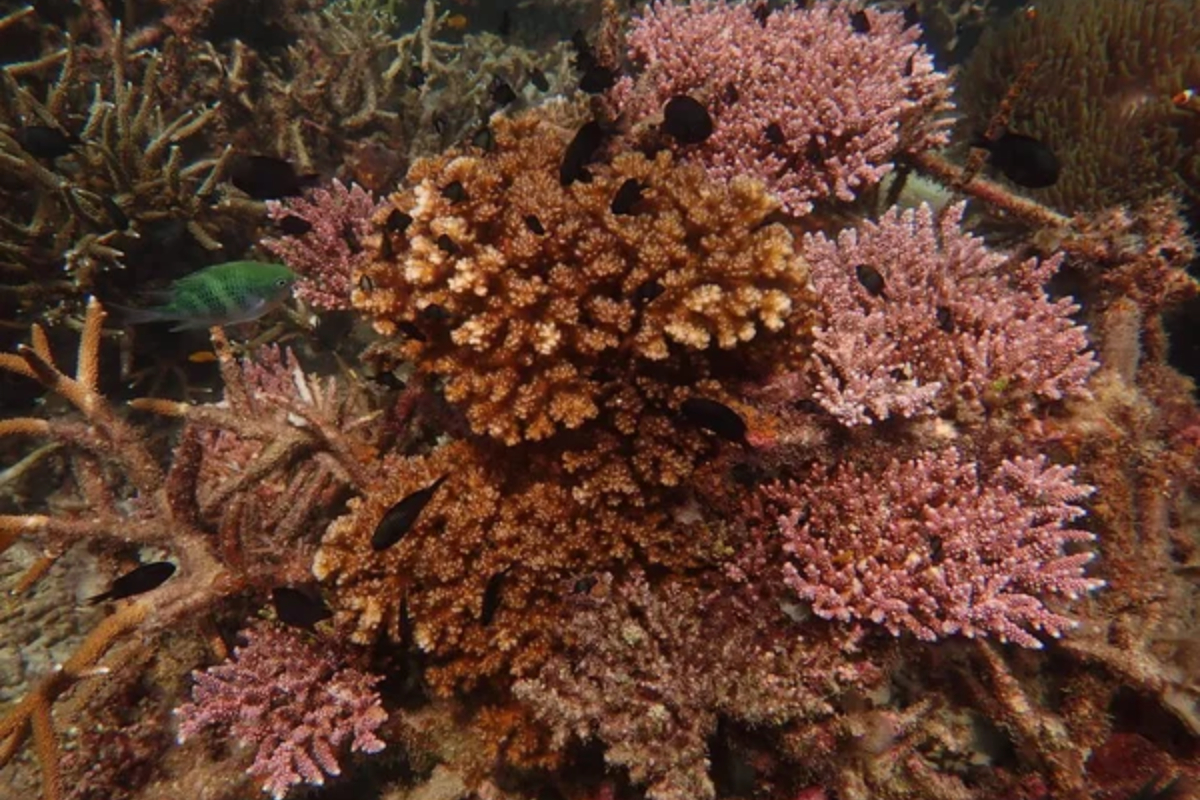
Choose operators displaying high eco-certification levels who actively support reef research. Learn about citizen science programs that let visitors contribute to reef monitoring.
Understand how your tourism dollars support vital conservation efforts. This engagement helps preserve the reef for future visitors.
Like Travel Pug’s content? Follow us on MSN.
Exploring the Great Barrier Reef
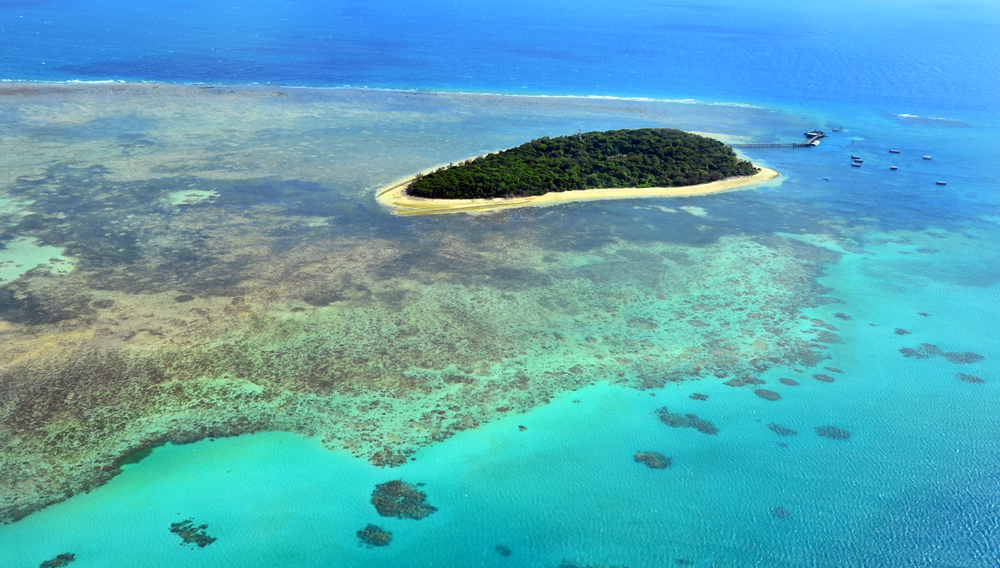
The Great Barrier Reef offers experiences that go far beyond typical tourist encounters, rewarding those who invest time in understanding its complexities. Whether you’re floating above coral gardens or diving deep among reef residents, each visit reveals new aspects of this living wonder.
By approaching the reef with knowledge and respect, you’ll not only have better encounters but also contribute to its preservation for future generations. After all, the best reef experiences come from understanding not just where to look but how to look with informed eyes.
More from Travel Pug

- 15 Dangerous European Cities to Avoid
- 15 Caribbean Islands Where Tourists Keep Getting Scammed
- The 20 Most Fascinating Abandoned Places: A Journey Through Time and Forgotten Spaces
- 15 Hidden Places in the Smithsonian Museums Locals Love: A Guide to Lesser-Known Treasures
- 16 Hidden Florida Beach Towns That Aren’t Overrun with Tourists
Like Travel Pug’s content? Follow us on MSN.
